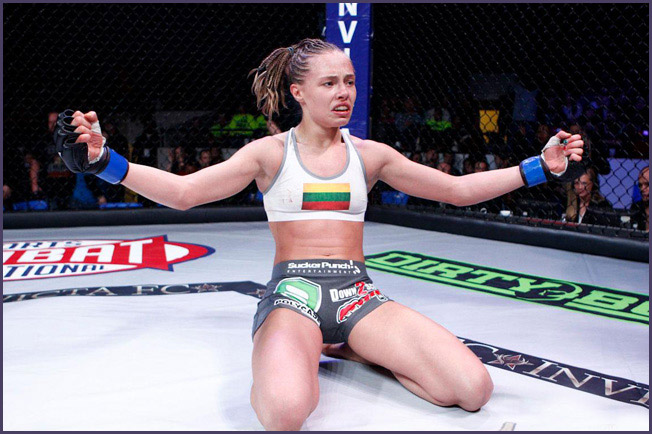
Although there are many reasons that women's sporting events don't receive media attention, these three factors are the most prevalent. Men's sports tend to be dominant and under-funded. This combined with a low presence in the media makes the lack of women in sport a grave problem. These issues must be addressed by the media, who should do a better job of covering women's sports.
Consistent absence
The study shows that almost 80 percent of all televised sport news programs don't include stories about women sports. Even those that include stories are usually shorter and sometimes overshadowed in part by stories about male sports. Although the study was conducted before the COVID-19 pandemic, sports coverage of women's events has increased. It also cites recent ESPN investments to air WNBA matches.
Funding insufficient
Despite the fact that the NCAA has been taking action to ensure equal funding of sports teams, the changes are still insufficient. First, the NCAA does not have a staggered system and broadcasts of games do not occur simultaneously. Another issue is that women are still not represented in coaching posts. Even though this has been an issue for decades, it remains an issue even today. Although the changes are welcome, they are a step in a positive direction.
Men's sports dominance
Media coverage of women’s sporting events is heavily dominated and dominated by males. Although asymmetry in gender marks can elevate the story of one women's team or sport, it doesn't necessarily mean that coverage will be greater for other women's sports. Asymmetric gender mark often mixes with local parochialism or obscures the success of the local men's sports team.
Lack of role models
Although the media has become the main source information for younger generations now, female athletes are very rarely represented. This creates a shortage of role models to young girls. A lack of role models in the media can lead to gender stereotypes being perpetuated. Below are some suggestions for media outlets to improve their representations of female athletes. This is just a beginning.
Insufficient investment
Studies on gender disparity in sport investments are few and far between, and often distributional. Very little research has looked at why managers invest more money in men's sports than in women's. And sponsorship spending has become more strategic. We need to ask ourselves why. Let's explore the issue. Tokenism has long been a problem in women's sports. Major brands view their investment in women as a PR play.